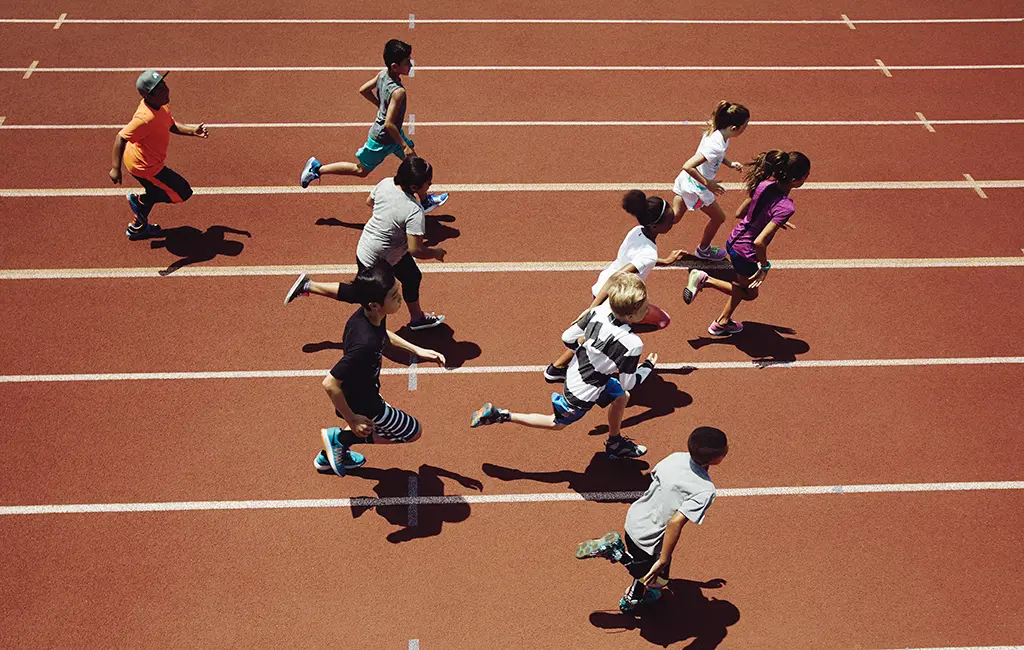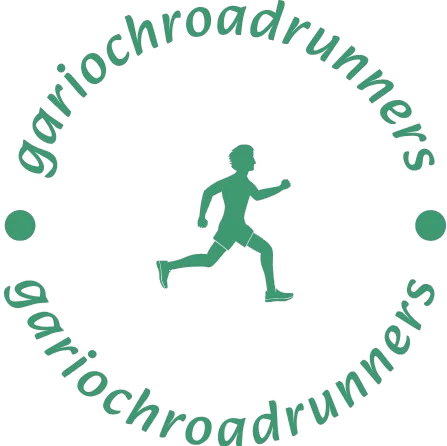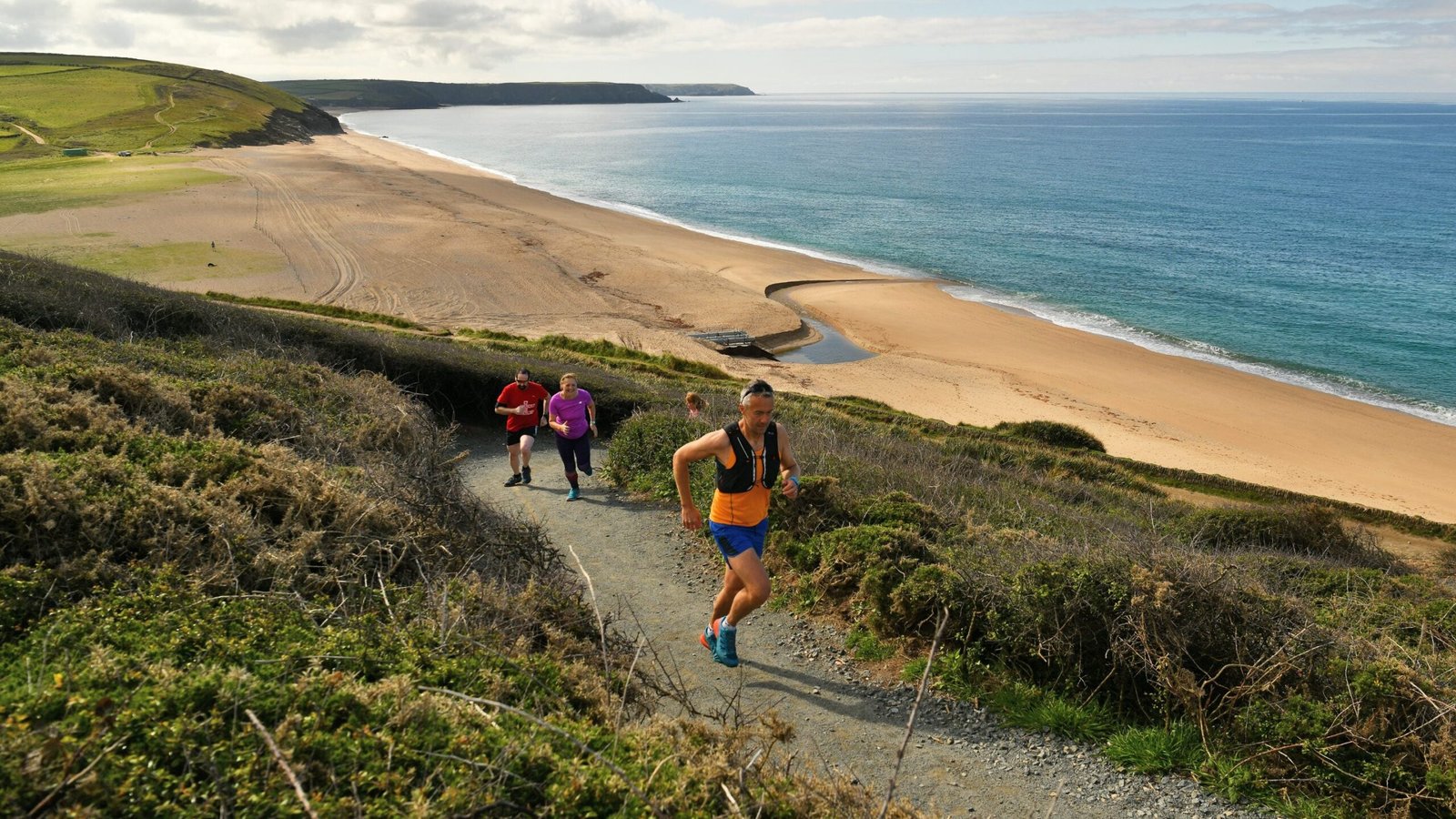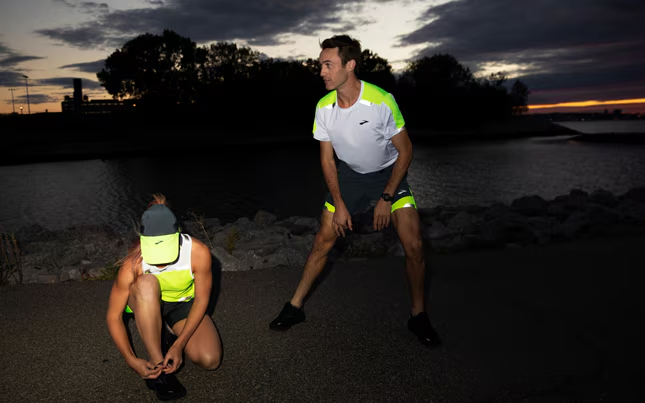Running is more than just a sport; it’s a lifestyle and a way to connect with like-minded individuals. Building a running community in your area can inspire people to stay active, foster friendships, and create a sense of belonging. Whether you’re an experienced runner or just passionate about bringing people together, here are actionable steps to help you establish and grow a thriving running community.
1. Define Your Vision and Goals
Before you start inviting people, clarify what you want your running community to achieve. Do you aim to create a casual social group, train for races, or promote fitness among beginners? Having a clear vision helps attract the right members and guides your efforts.
Pro Tip: Write a mission statement for your group. For example, “We aim to inspire and unite runners of all levels through fun, inclusive, and supportive running events.”
2. Use Social Media and Technology
Social media platforms like Facebook, Instagram, and Meetup are invaluable for reaching potential members. Create a group or page to share updates, organize events, and communicate with members. Apps like Strava allow runners to track their progress and engage with others virtually.
Pro Tip: Post regular updates about upcoming runs, training tips, and success stories to keep your audience engaged. Use hashtags like #YourCityRunningClub to attract local interest.
3. Host Regular Meetups
Consistency is key to building a community. Host regular meetups, such as weekly or bi-weekly group runs, to encourage participation. Choose accessible locations and times to accommodate different schedules.
Pro Tip: Offer varied run types, such as morning jogs, evening interval training, or weekend long runs, to appeal to runners with different goals.
4. Collaborate with Local Businesses
Partnering with local running stores, gyms, or coffee shops can add value to your community. These businesses can provide sponsorships, discounts, or venues for post-run meetups.
Pro Tip: Organize events like “Run and Brunch” or “Shoes and Brews” to make the runs more social and appealing.

5. Make It Inclusive
A strong community welcomes runners of all levels, from beginners to seasoned marathoners. Ensure your events cater to a range of abilities by offering varied distances and paces. Assign pacers or “sweeps” to ensure no one feels left behind.
Pro Tip: Host beginner-friendly runs to encourage newcomers to join and feel comfortable.
6. Organize Special Events
Special events can energize your community and attract new members. Consider hosting charity runs, themed runs (e.g., holiday costumes), or races to keep things exciting.
Pro Tip: Partner with local charities for fundraising events. It’s a great way to give back while uniting your group for a cause.
7. Celebrate Milestones and Achievements
Acknowledging individual and group accomplishments fosters a sense of pride and motivation. Celebrate milestones like personal bests, completing a race, or simply sticking with the group for a year.
Pro Tip: Create a monthly shoutout post on social media to highlight members’ achievements.
8. Provide Leadership and Structure
Strong leadership ensures the group remains organized and welcoming. If your community grows, consider forming a small committee to help plan events, manage communication, and address member feedback.
Pro Tip: Rotate leadership roles to keep things fresh and involve more members in decision-making.
9. Foster a Supportive Environment
A thriving community is built on mutual support. Encourage members to cheer each other on, share advice, and celebrate progress. Creating a positive atmosphere will keep people coming back.
Pro Tip: Create a private space, like a WhatsApp group or Facebook chat, where members can ask questions, share tips, or simply connect.
10. Evaluate and Adapt
As your community grows, periodically assess what’s working and what isn’t. Listen to feedback and make adjustments to keep things engaging and relevant.
Pro Tip: Conduct informal surveys or ask for feedback at meetups to ensure everyone feels heard.
Conclusion
Building a running community takes effort, but the rewards are worth it. By creating a welcoming, supportive, and engaging environment, you can inspire people to achieve their fitness goals and forge lasting friendships. Start small, stay consistent, and watch your community thrive.











